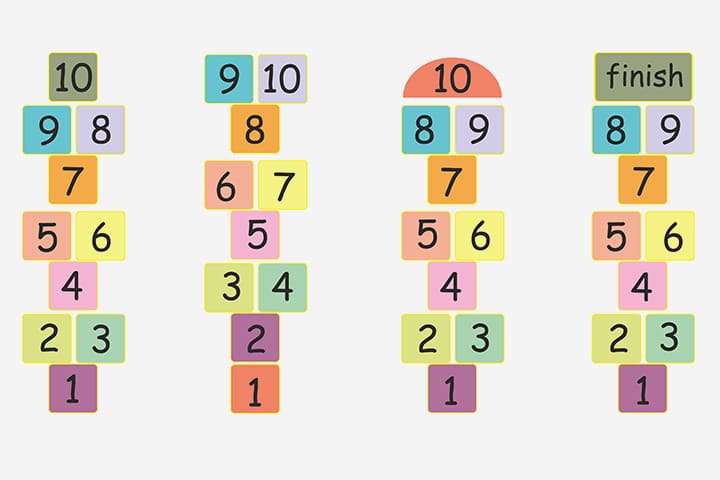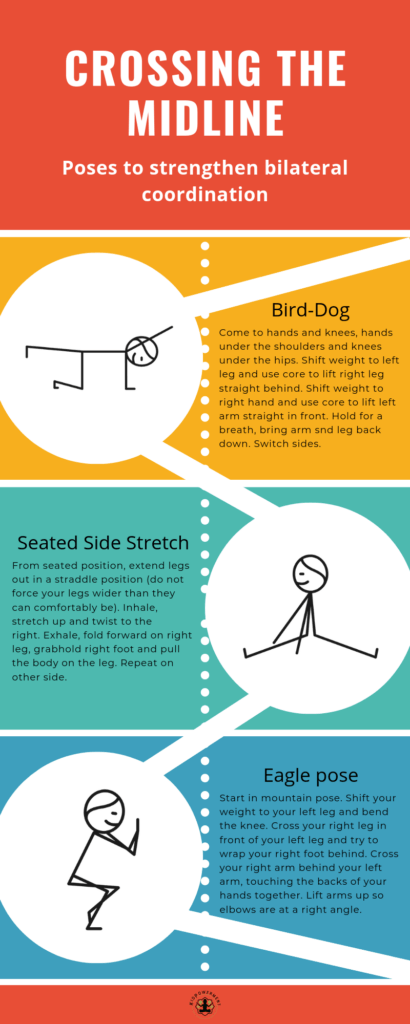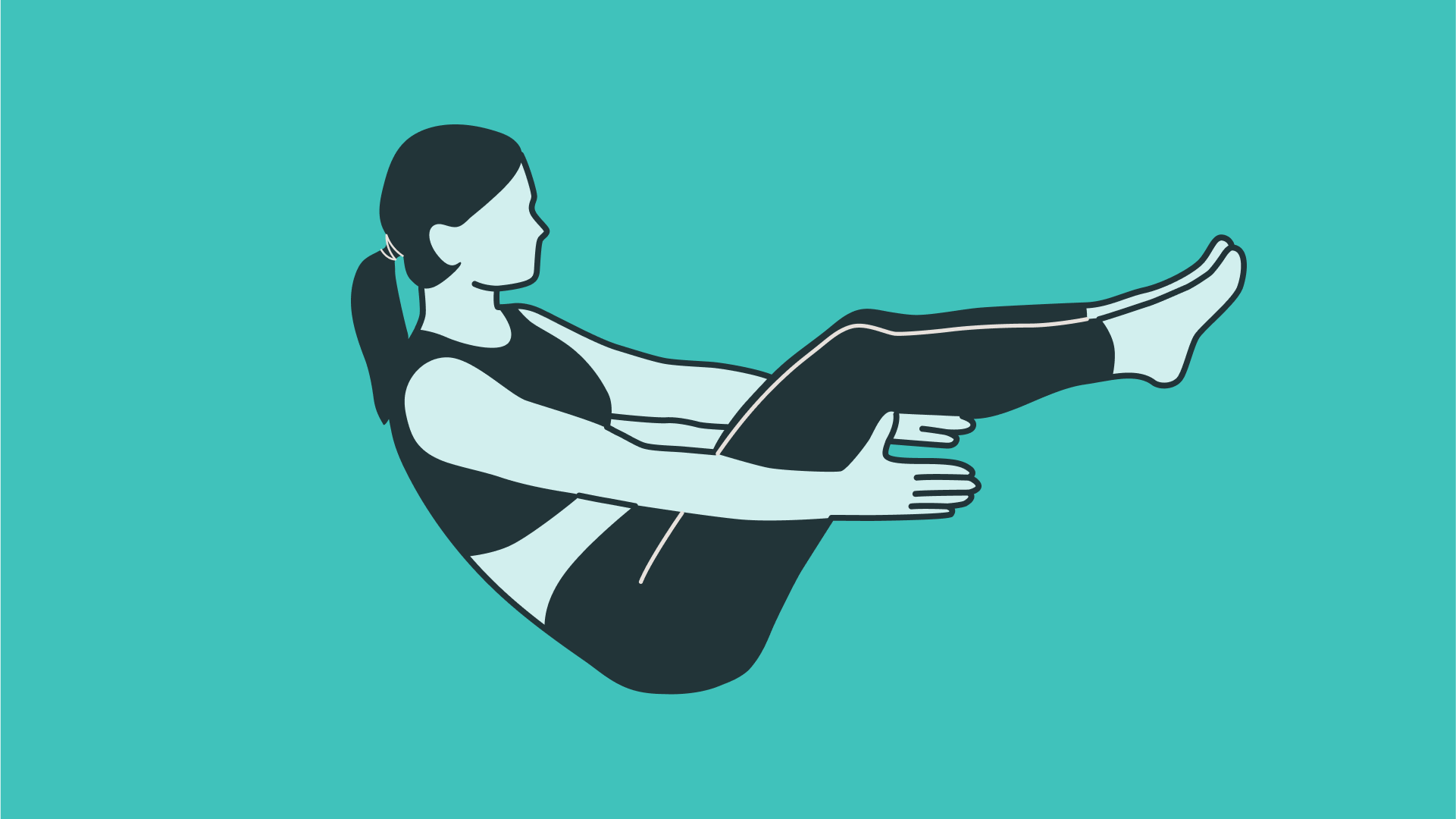9 Activities to practice crossing the midline with students
In this guide
Why is crossing the midline important?
A child crosses the midline when they reach across the middle of their body with their arms and legs. This ability develops fine motor skills such as reading, writing, hand and eye coordination, and developing a dominant hand. Before they develop this skill, children tend to “use the left hand on the left side of the body and the right hand on the right side of the body” according to Oxford Health.
Fine motor skill development could be a predictor of academic achievement according to researchers like Grimm Grissmer, who suggested that “…attention, fine motor skills, and general knowledge are much stronger overall predictors of later math, reading, and science scores than early math and reading scores alone.”
Students need to cross the midline everyday in school, whether it’s tasks such as unzipping their bookbags or reading and writing. Help them hone this skill with the following activities.

1) The figure 8 race track
Supplies: A printed or drawn figure 8 on a sheet of paper, such as the one shown above, and a moveable toy car.
- Make sure the student is seated in a comfortable posture or standing vertically.
- Students will race the car around the figure with one hand and then the other, one hand at a time.
- Ensure students don’t swap hands during the activity.
2) The manicure
Supplies: Nail polish or nail stickers. For older students or students uncomfortable with nail painting, consider clear polish, cuticle oil, or nail clipping or filing.
- Painting your own nails requires crossing the midline, and it can promote color recognition as well.
- Younger students could draw or be given a drawing of hands first. Ask them to color in the nails on paper before trying it on themselves.
- Supervise students as they paint to identify any struggles or problems. If nail polish is too messy, try stickers instead.
3) Calisthenics that cross the midline
This is especially useful for older or energetic students, and it’s a great way to begin the school day. Many exercises require crossing the midline, such as:
- Crosswalks
- While standing, lift the left knee up and place the right hand on the left knee.
- Repeat with the opposite arm and knee.
- When done in succession, this exercise looks like a marching motion.
- A more challenging variation: touch the elbow to the opposite knee.
- Windmills
- Stand up and spread your feet.
- Straighten both arms out to the side.
- Reach down with the right arm to reach the left foot.
- Repeat by alternating sides.
- Bicycle crunches
- Lay flat on the floor or exercise mat and lightly lace your hands behind your head.
- Bend your knees at a 90-degree angle with the bottom of your feet planted on the floor. Knees should be shoulder-width apart.
- Light your legs up and away from your body. Avoid straightening the legs.
- Bring your right knee to your chest as you touch your left elbow to the right knee. Make sure your shoulders are off the floor.
- Alternate sides by rotating your torso to bring the left knee and right elbow in and vice versa.
- An easier variation: Stand up instead of lying down.
- Arm scissors
- Students can stand or sit for this exercise.
- Hold your arms out straight to the sides.
- Keep them straight and cross them in front of your body.
- Return your arms to your side.
- Repeat by alternating which arm crosses over the other.
4) Group activities
Try these activities for small groups, partners, and the entire class.
- Simon Says
- Adapt this classic game by having Simon ask students to do activities that cross their midline, such as: touching your right hand to your left ear, touching your left foot with your right hand, and touching opposite shoulders.
- The teacher can lead or briefly demonstrate Simon’s role, or a student can be chosen.
- Simon Says can help students with auditory instruction, sequencing skills, and body awareness. Recent studies show that games like Simon Says improve students’ self-regulation and increase their language and literacy skills.
- Pass the ball
- This can be completed in small groups, but it’s best as a class activity.
- Have students stand arms width apart and provide a ball, making sure students grab it with both hands.
- Students pass the ball from their left to the student on their right. They should use both hands so that the ball passes across their bodies.
- Variations: Try completing this activity with students sitting at their desks. You can use more than one ball, or balls of different weights such as balloons. Students can complete this individually at their desks by picking up an object with both hands and passing it to each side of their desk.
- Back to back pass
- Have students stand or sit back-to-back.
- Using both hands, students pass the ball from left to right. Have them switch directions after a few rounds.
- Make sure they keep their heads and bodies still so they only pass with their arms.

5) Tidying up
Supplies: Paper towels or rags, cleaning solution, a broom.
Students have to cross the midline in various day-to-day activities. Aside from developing important life skills, these activities will help students integrate crossing the midline into their daily life.
- Wiping surfaces and windows
- Encourage students to cross the midline during cleaning activities such as wiping down their desks, whiteboards, and windows.
- To ensure students cross the midline, have them put their non-dominant hand on the opposite corner of the desk. This ensures their dominant hand does all of the wiping and crosses their midline.
- Alternatively, students can simply switch which hand does the wiping by alternating which one stays on the opposite corner.
- Sweeping
- Show students how to sweep and swing the broom back and forth. A child size broom may be helpful.
- This activity can be done inside or outside. Leaf piles can be a fun variation in the fall.
- Aside from crossing their midline, sweeping can help students develop upper body strength.
6) Chalk art
Supplies: Chalk
This low-pressure activity gets students outside to explore their own creativity.
- Have students sit on the sidewalk by crossing their legs or squatting.
- With their dominant hand, have students use their chalk to draw:
- Rainbows
- Circles around themselves
- A figure 8
- Students could draw anything! Encourage them to cross their arms to the other side of their body as they do so.
7) Hopscotch
Supplies: Chalk, a flat stone or object.
If you still have some chalk left, try a classic game of hopscotch to test students’ bilateral movement.
- Draw the board on the ground. Vertical squares are numbered 1 to 10 (or a number of your choosing). Numbers 4 & 5 and 7 & 8 are drawn horizontally.
- A student will toss a stone into the #1 square. If it touches the sides of the square, they lose their turn.
- Students have to hop through the inside of each square on one foot until they reach the end. If they touch the sides of the squares, they lose a turn. They’ll skip the square with the stone.
- Once they make it to the end of the board, they have to turn around and hop back on one foot to retrieve the stone.
Try mixing it up with some of these rule and board variations!

8) Clapping games
Do you remember playing games like Patty Cake? These seemingly innocuous games help students socialize and develop foundational motor skills.
According to the NCSE, clapping games develop motor planning, midline crossing, sequencing, bilateral coordination, visual tracking, and language skills.
- Patty Cake is played with two people and requires criss-cross motions. You roll your dough, pat it, and mark it with a B.
- Miss Mary Mack has plenty of variations for its wild verses.
- Sevens tests student’s language and rhythmic skills.
- Down, Down, Baby tests students’ motor skills.
- Slide makes students keep count, even under pressure.
Hand games have a rich history in folklore and oral tradition. Explore hand clapping games from all over the world here.
9) Yoga
Courtney Loughney, founder of the school-based yoga and mindfulness program Petite Yogi, says, “In those creative movements, there’s lots of crossing the midline, where you’re using the opposite arm and leg. That uses both sides of the brain at the same time, which is wonderful for development,”
If students are new to yoga, try introducing it to them with this relaxing Yoga with Animals sequence, or explore the series Yoga for Kids.
For a quick, midline crossing sequence try this routine from KidPowerment Yoga:

Still looking for more activities and inspiration? Check out our collection of The Kiboomer’s Movement Songs Videos & Resources.
References
- Carter, J. (2020). What is Crossing Midline? [online] Melanie Massey Physical Therapy. Available at: https://mmptinc.com/what-is-crossing-midline/ [Accessed 29 Mar. 2024].
- Timsit, A. (2018). Why playing games like ‘Simon Says’ can help kids do better in school. [online] Quartz. Available at: https://qz.com/1291386/why-playing-games-like-simon-says-can-help-kids-do-better-in-school.
- Skibbe, L.E., Montroy, J.J., Bowles, R.P. and Morrison, F.J. (2019). Self-regulation and the development of literacy and language achievement from preschool through second grade. Early Childhood Research Quarterly, 46, pp.240–251. doi: https://doi.org/10.1016/j.ecresq.2018.02.005.
- Buckinghamshire Healthcare NHS Trust – CYP Website. (n.d.). Crossing the midline. [online] Available at: https://www.buckshealthcare.nhs.uk/cyp/pifs/crossing-midline/ [Accessed 29 Mar. 2024].

Amanda Joachim
briefcase iconEducation & Research Consultant
Amanda Joachim is an educational media consultant, researcher, and writer. Her interdisciplinary and creative approach is inspired by her own experiences learning and working in the Philadelphia school district.
Other posts
Want more content like this?
Subscribe for blog updates, monthly video releases, trending topics, and exclusive content delivered straight to your inbox.










